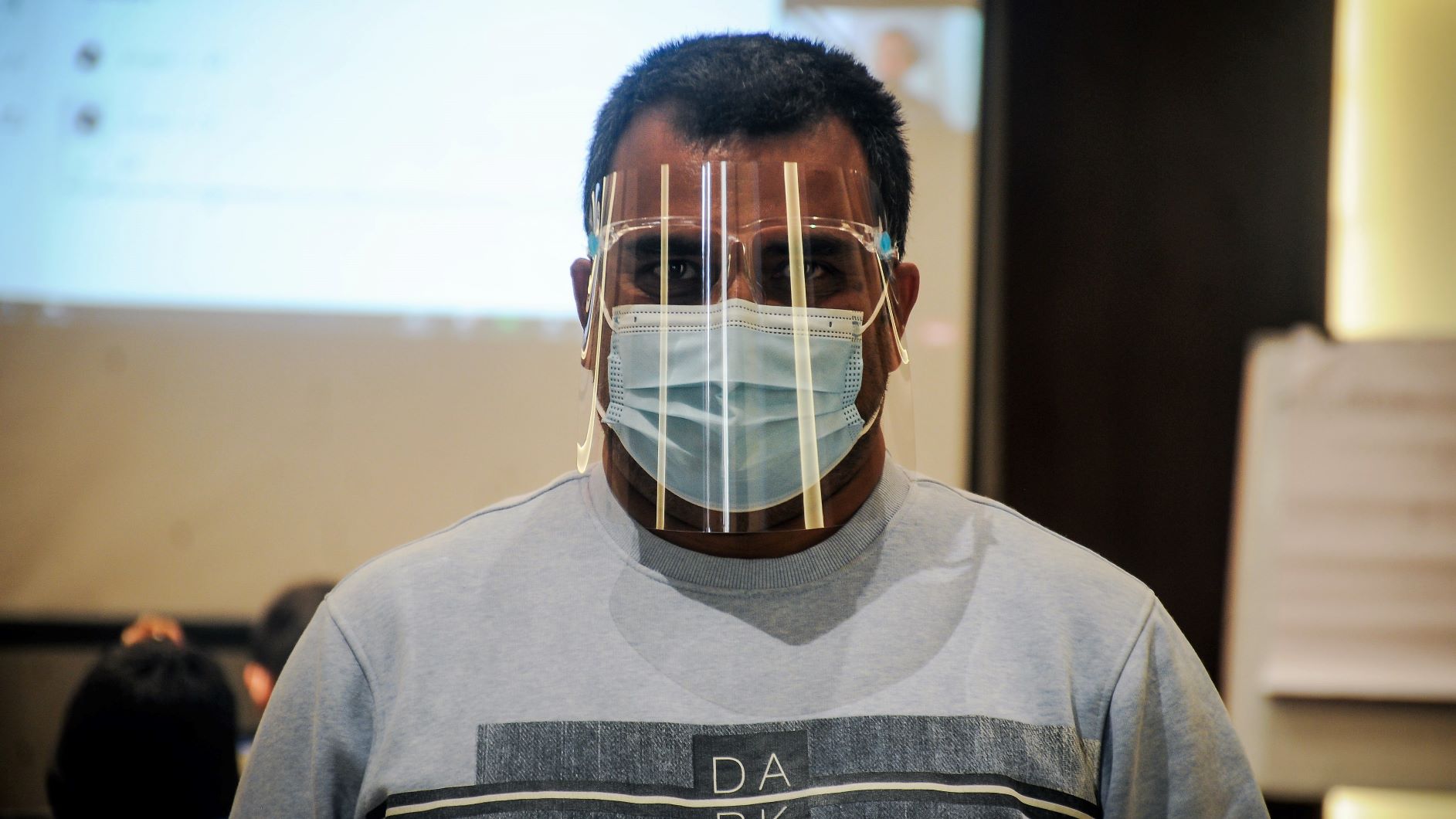“What’s the national game of Nepal?”
“Uh… Dandi biyo?”
Officially Nepal doesn’t have a national game but for many Nepalese the traditional game played with two sticks is our national game.
The game, which is popular mainly in the hinterlands, is played just for fun and has no universal set of rules.
“But no more,” declares a young gentleman who has started to explore the traditional game and is trying to finalize the first ever draft of its rules. “We have collected the rules of the game from all over the country.”
Bijay Poudel, a 24-year-old Information Management graduate, has even formed the Nepal Dandi Biyo Association (ADBA), which he himself heads. ADBA has already organized a few events and demonstrations around the country, uniting the seven district level dandi biyo clubs. There are dandi biyo clubs in Bardiya, Pyuthan, Udayapur, Sindhuli, Saptari, Dhankuta and Saptari districts.
The association has a clear goal. “We will standardize the game and take it to the international level,” Poudel said. This might look a big ask – and of course it is – but ADBA has discovered that the game is played not only in Nepal but also in Bangladesh, Myanmar, Pakistan and India. “A member of ADBA, Lekhnath Ghimire studied a little about similar games in those countries during visits for other reasons,” Poudel informed.
Still, giving the game an international re-organization is a far cry. Poudel is cognizant of that. “It’s not easy, because we are in an initial stage,” he said, adding, “But if all those concerned give enough attention to the game we loved to play, then it’s not that difficult either.”
Dandi biyo may or may not make it to the international level but even if the association succeeds in its short term goal – holding a national level tournament at the earliest- it would be quite a feat.
However, the road doesn’t look easy even at the national level. National Sports Council (NSC), the umbrella organization for sport, has so far ignored their plea to register the association and even the first draft of the rules looks shabby with no fixed number of players and scoring system.
“It’s only preliminary rules,” Poudel defended. “We have just collected the different rules and put them together in the best possible way.”
He said the association will discuss with everyone involved and from the experience of demonstration matches amend the rules. “We may even go for a completely new scoring system and add accessories like helmets for the players,” he added.
Dandi biyo is a traditional game that is fast disappearing from the urban areas. The game involves hitting the biyo – a small stick, with the dandi – the bigger stick, sending it flying as far as possible and scoring points with the lengths of the dandi. It’s an individual game played in a group with the player scoring the most points emerging winner.
Poudel, who worked as a sports writer for a website, conceived the idea of developing the game during discussions for creating new content ideas for the website. “It just came into my mind, probably because I used to play it when I was a boy,” he said. “Once it struck me, I could never get out of it despite having to spend time and money on to it.”
He then started talking about it with anyone he met, with taekwondo coach Thaneshwor Rai encouraging him the most, and persuaded a few friends and sports stars – cricket captain Binod Das, legendary footballer Upendra Man Singh and taekwondo diva Sangina Vaidhya to help him. Binod is a committee member while Singh and Vaidhya are the advisors of the association.
The association and the study of the game is run with the pocket money of the members but Poudel hopes it won’t be longer before people start noticing that dandi biyo can be developed as the identity of Nepal and help him out. “Dandi biyo can become our national identity in the sports arena if we all work together,” he emphasized.
(As published in The Kathmandu Post)




